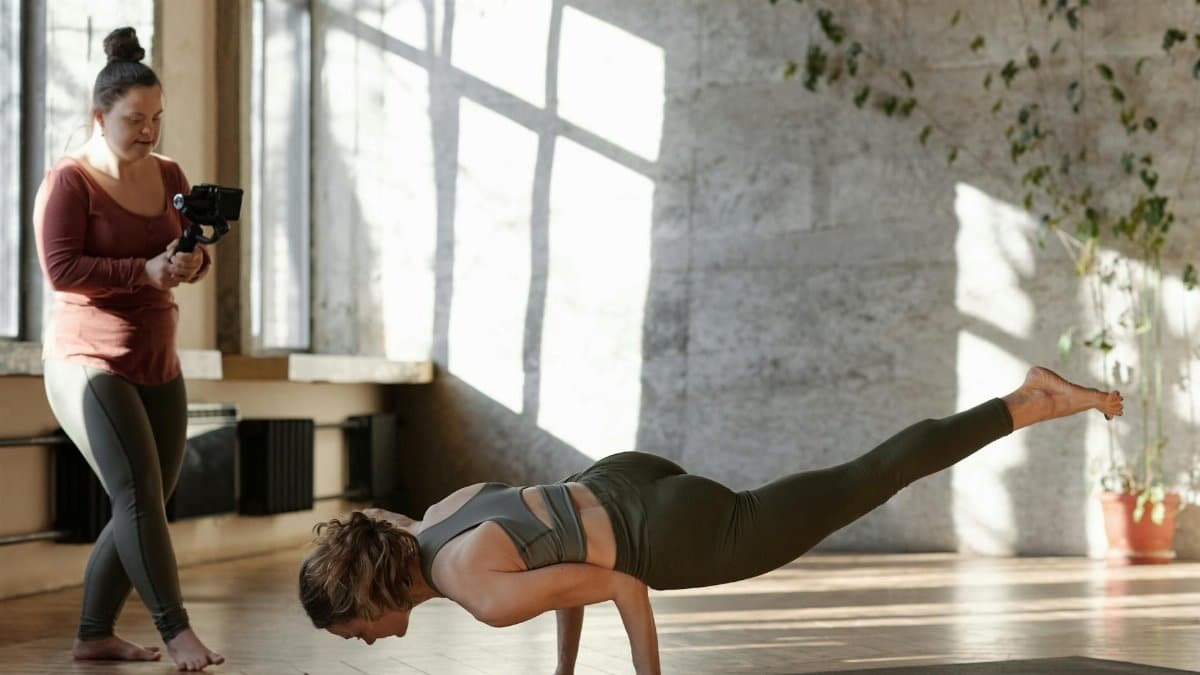In a city buzzing with urban hustle, a surprising stat reveals that over 40% of San Antonio residents report high stress levels, according to recent surveys. Enter the energy flexibility movement—a dynamic blend of yoga practices focusing on fluid energy flow and physical adaptability. It’s gaining traction here, helping locals combat daily pressures and find inner peace. From downtown studios to community parks, practitioners are discovering how these techniques build resilience and promote calm. As 2025 unfolds, this movement is reshaping wellness routines across the Alamo City, offering a practical path to better mental health.
Roots of the Movement in San Antonio
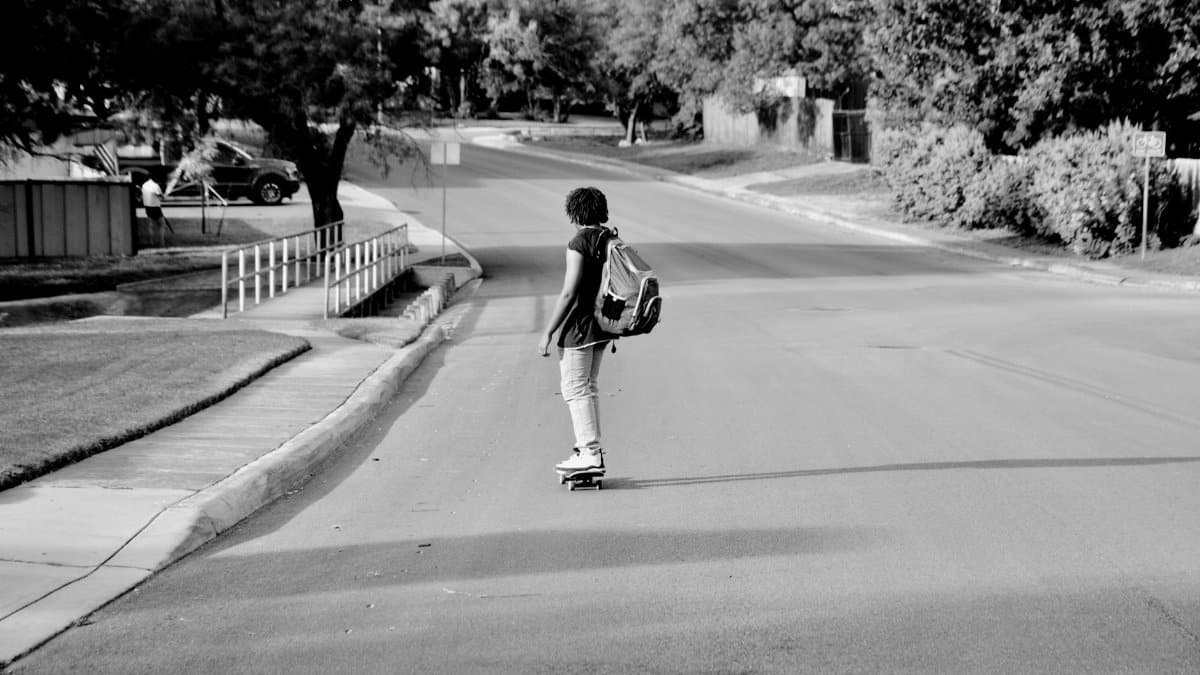
The energy flexibility movement draws from ancient yoga traditions, emphasizing prana—or life energy—through flexible poses and mindful breathing. In San Antonio, it started gaining popularity around 2020, fueled by the pandemic’s stress surge. Local instructors adapted traditional Hatha and Vinyasa styles to focus on energy flow, making it accessible for busy Texans. Community centers like the San Antonio YMCA began offering classes, attracting diverse groups from office workers to retirees. This localized twist incorporates Tex-Mex culture, with sessions sometimes held outdoors near the River Walk, blending serenity with the city’s vibrant energy.
Experts note that this approach isn’t just exercise; it’s a holistic tool for emotional regulation. A study from the University of Texas highlighted how such practices reduce cortisol levels, the stress hormone. Residents like Maria Gonzalez, a teacher, say it transformed her daily routine: “I used to feel overwhelmed; now I flow through challenges.”
Stress Management Benefits

San Antonio’s fast-paced life, with its traffic and heat, amps up anxiety for many. The energy flexibility movement counters this by teaching poses that release tension in key areas like the hips and shoulders, where stress often hides. Short, daily sessions—think 15 minutes—can lower heart rates and improve focus, per wellness pros.
Local health reports show a 25% drop in reported anxiety among regular participants. Dr. Elena Ramirez, a San Antonio psychologist, explains: “It’s about redirecting energy from chaos to calm.” For those juggling jobs and family, these techniques provide quick resets, turning commutes into moments of mindfulness.
Building Physical Resilience
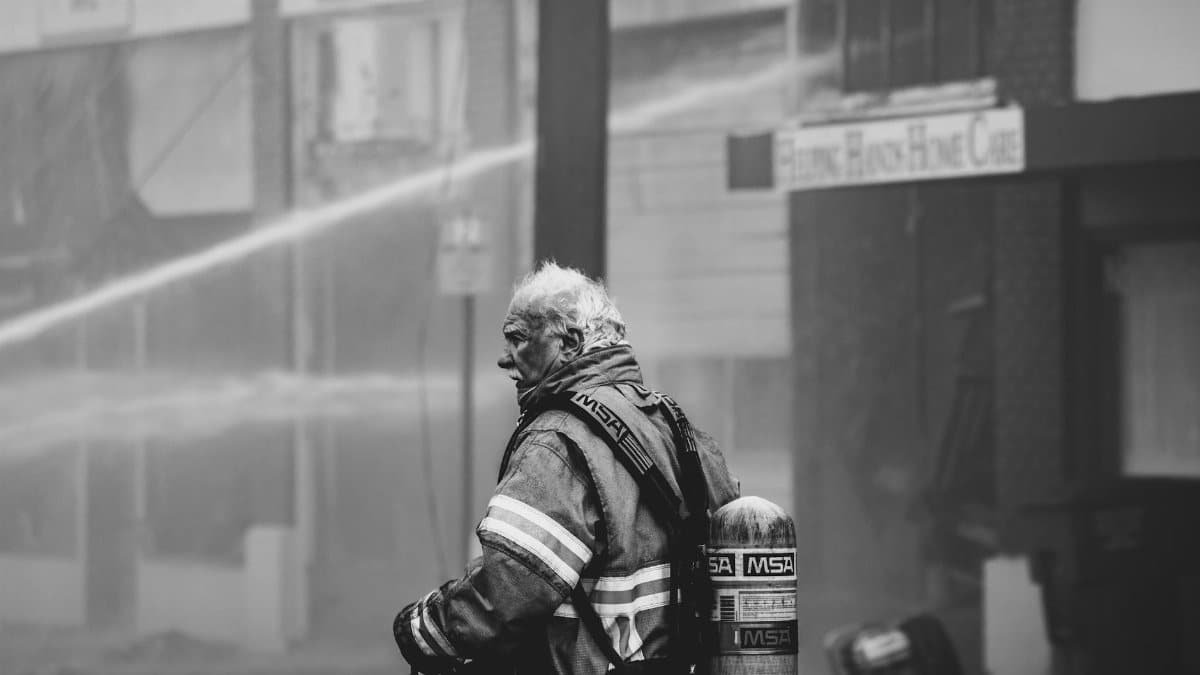
Beyond the mind, the movement boosts bodily strength. Flexible routines enhance mobility, crucial in a city where walking tours and festivals demand endurance. Poses like downward dog and warrior series build core stability, reducing injury risks for active residents.
A 2024 report from the National Institutes of Health confirms yoga’s role in improving flexibility and balance. In San Antonio, gyms incorporate these into fitness programs, helping folks like construction workers maintain peak performance. One participant shared: “My back pain vanished after a month—it’s like my body learned to adapt.”
Community Impact and Group Classes
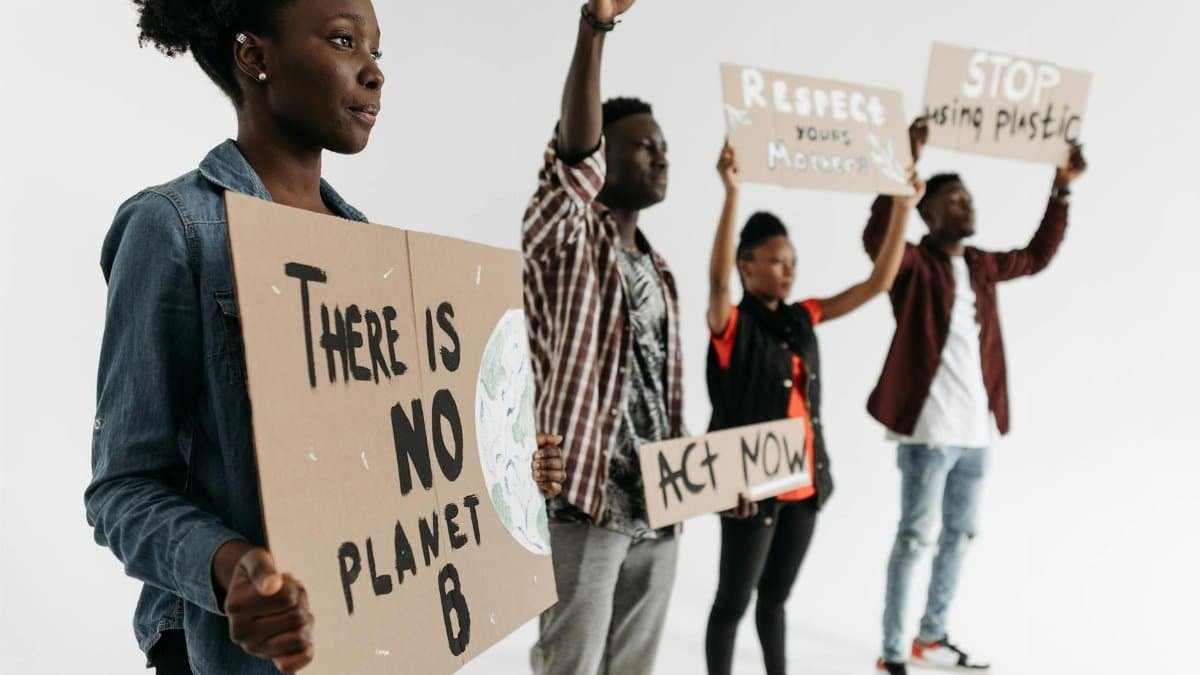
The energy flexibility movement thrives in groups, fostering connections in San Antonio’s tight-knit neighborhoods. Parks like Brackenridge host free sessions, drawing crowds from all walks of life. This communal aspect combats isolation, a growing issue post-pandemic.
Local nonprofits report increased participation, with classes doubling in size over the past year. “It’s not just poses; it’s building bonds,” says instructor Raul Herrera. These gatherings often end with shared stories, turning strangers into support networks and amplifying the calm factor citywide.
Adapting to Daily Life
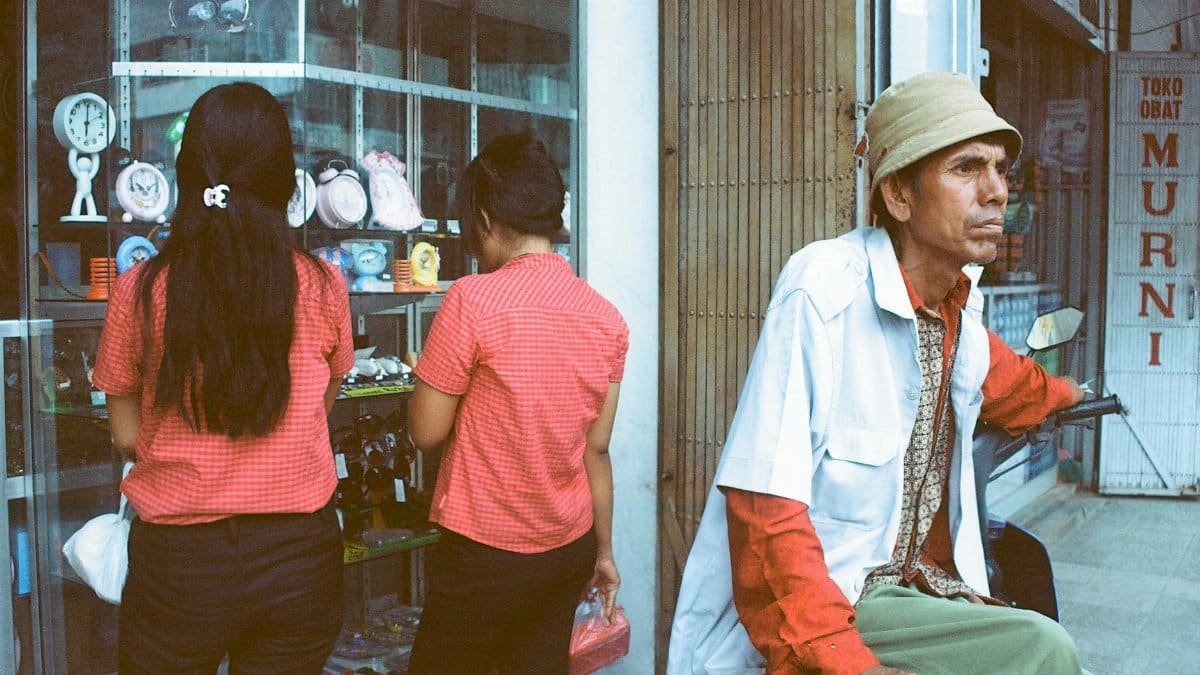
Integrating the movement into routines is straightforward for San Antonians. Morning flows before work or evening wind-downs fit seamlessly. Apps and online resources make it easy, but local studios like Yoga Den offer personalized guidance.
Research from the Mayo Clinic supports yoga’s adaptability for stress relief. Residents adapt poses for home use, using household items as props. This flexibility ensures the practice sticks, leading to sustained calm amid 2025’s uncertainties.
Challenges and How to Overcome Them
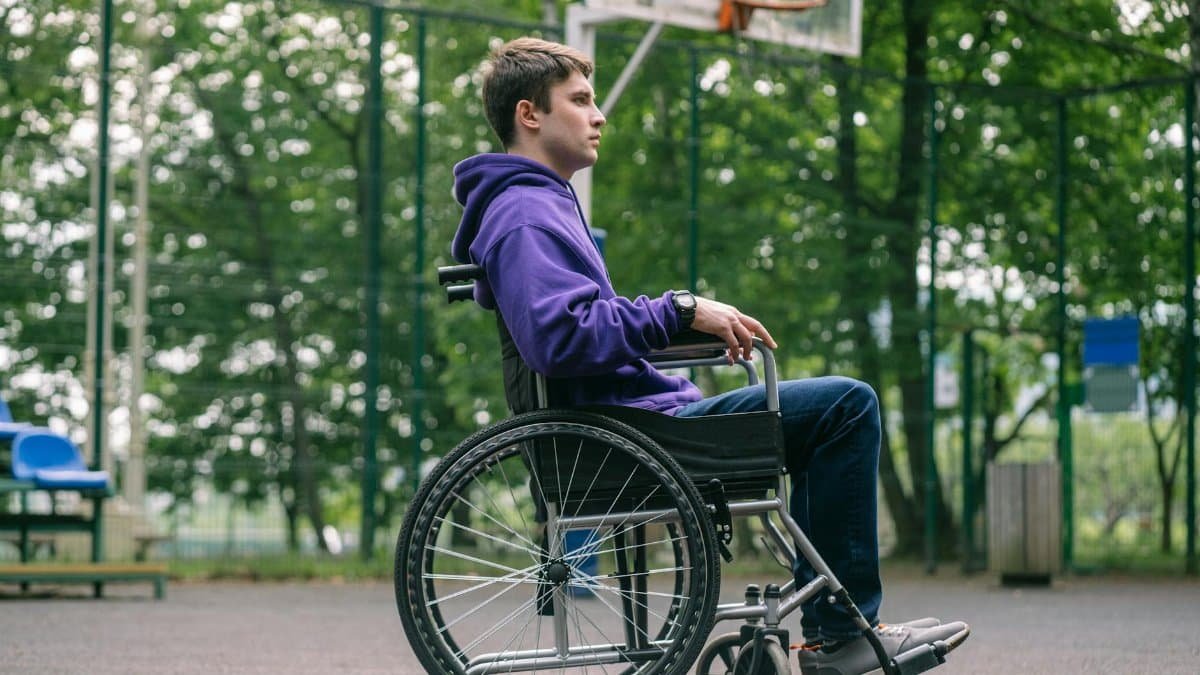
Not everyone dives in easily—beginners might face stiffness or skepticism. San Antonio’s humid climate can make sessions sweaty challenges. Instructors recommend starting slow, with modifications for all levels.
Common hurdles include time constraints, but micro-practices help. “Consistency beats perfection,” advises wellness coach Lisa Tran. Overcoming these builds mental toughness, mirroring the movement’s core ethos of adaptable energy.
Success Stories from Locals

Real tales underscore the impact. Take Javier Ruiz, a first responder who credits the movement for his post-shift recovery: “It clears the fog after long days.” Similarly, office manager Tina Lopez found it eased her migraines, improving her work-life balance.
These anecdotes align with broader trends, showing how the practice fosters resilience. As more share their wins on social media, the movement spreads, inspiring a calmer San Antonio.
Future Prospects in the City

Looking ahead, the energy flexibility movement is set to expand. New studios are popping up in suburbs like Stone Oak, and schools are eyeing it for student wellness programs. With 2025 bringing economic shifts, its stress-busting powers will be key.
City officials are even considering integrations into public health initiatives, potentially making calm more accessible. As adoption grows, San Antonio could become a model for urban mindfulness.
